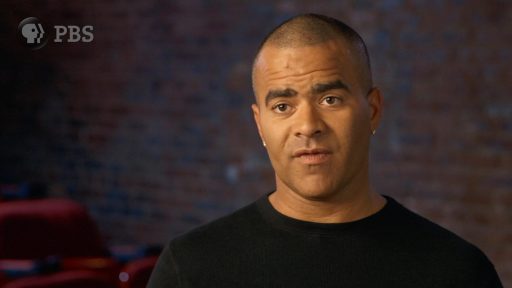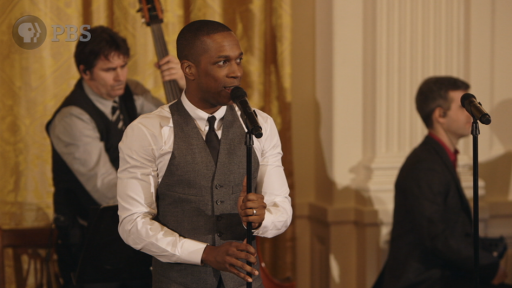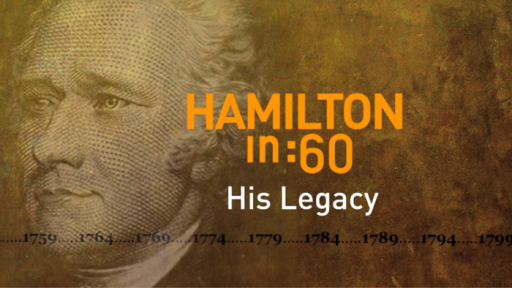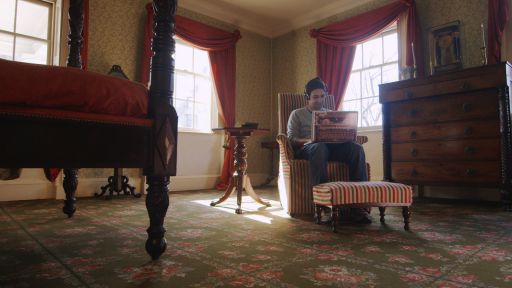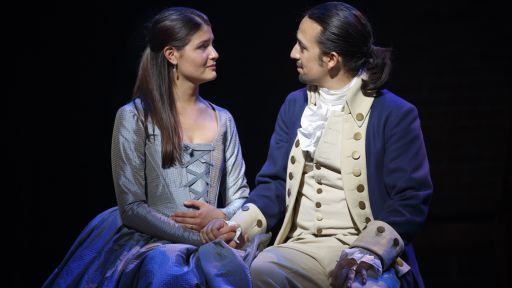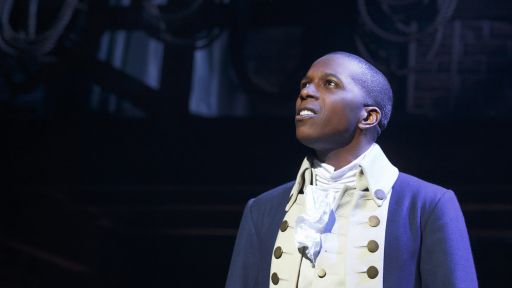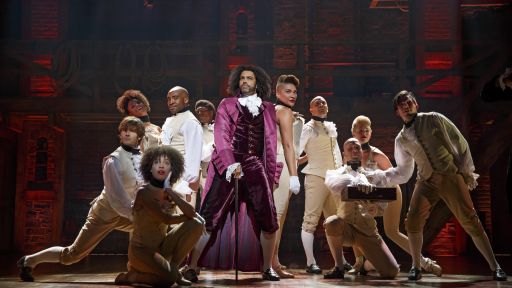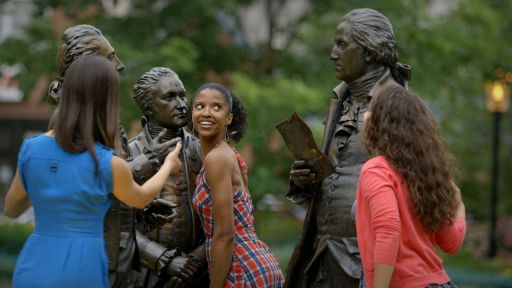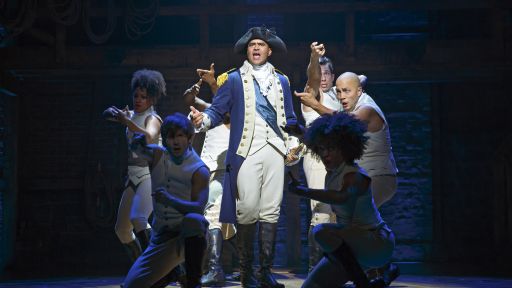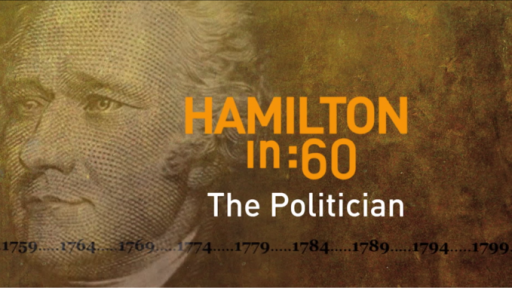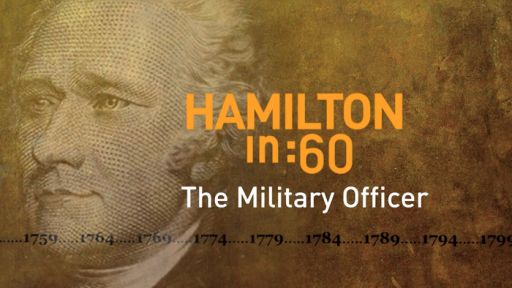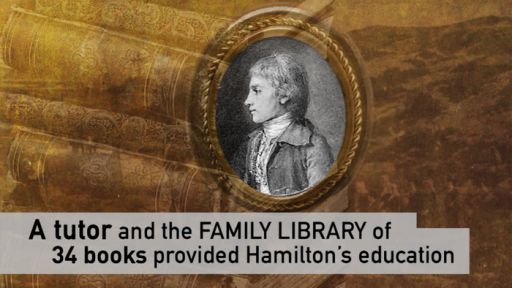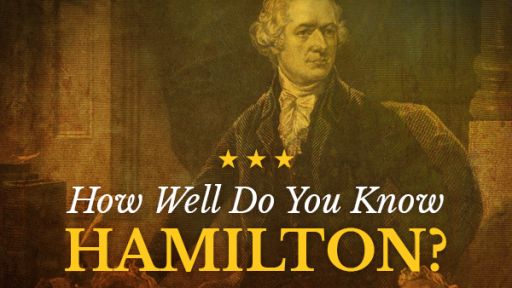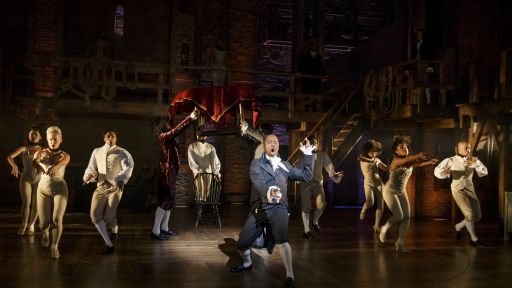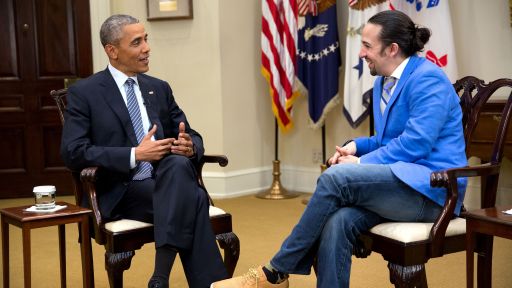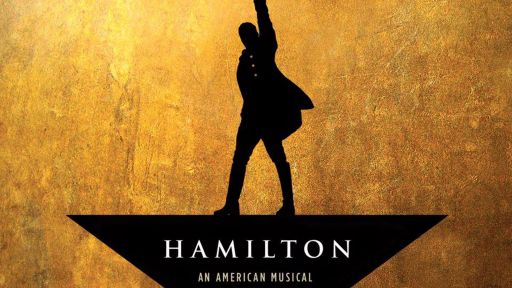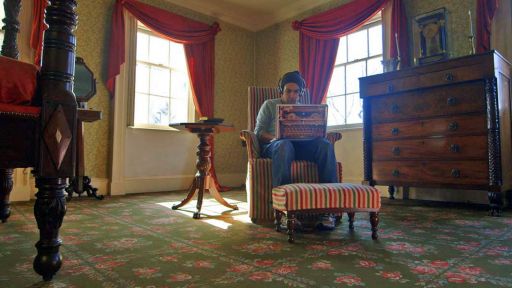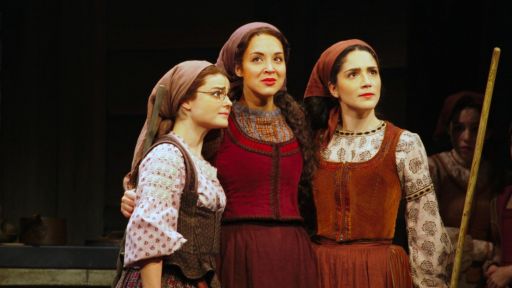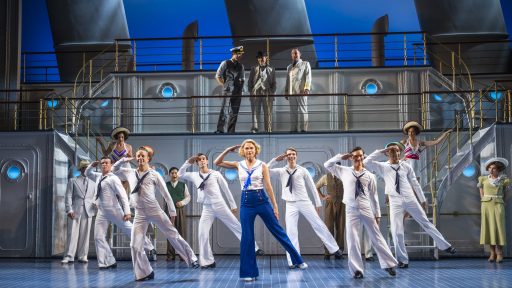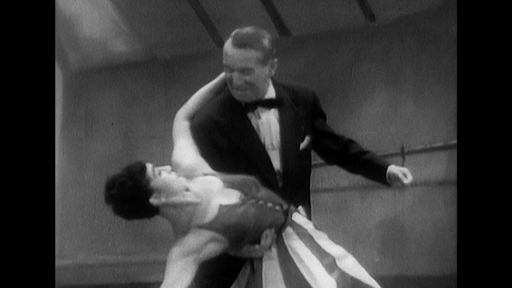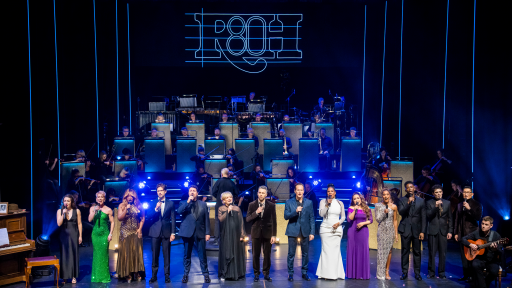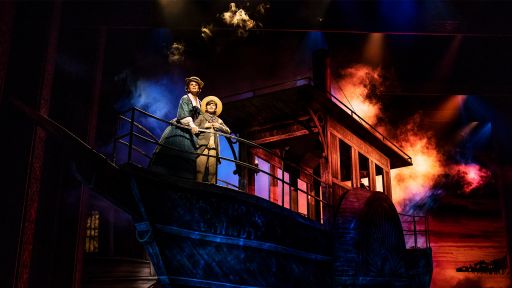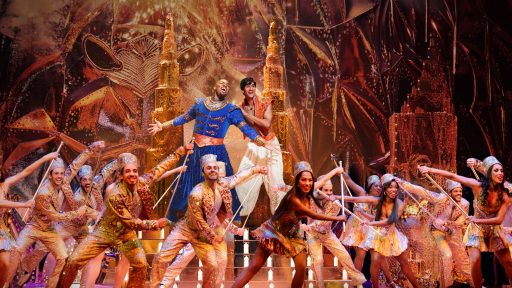Lin-Manuel Miranda, one of the most commercially successful and critically acclaimed playwrights of our era, calls his blockbuster hit musical Hamilton a “love letter to both hip-hop and musical theater.” While it’s well known that Miranda was strongly influenced by rap and hip-hop legends, he also drew inspiration from the original champion of storytelling through verse— William Shakespeare.
Oskar Eustis, the Artistic Director at New York City’s Public Theater, respected Miranda’s Hamilton from the creation of the first song. He explains how like Shakespeare, Miranda took the “language of the people” and elevated it to art.
“In Shakespeare’s case he elevated it to iambic pentameter. In Lin-Manuel’s case he elevated it to hip-hop and rap, and he ennobled it by turning it into verse and putting it at the center of the stage. That’s exactly what Shakespeare was doing.”
*Lady rolls down her car window at 181st street*
“congrats on HAMLET!”
Me: “I WISH I wrote Hamlet!”
Lady: “Yay HAMLET!”
*drives away*#myday— Lin-Manuel Miranda (@Lin_Manuel) February 19, 2015
Embracing the Epic
Ross Williams, the Producing Artistic Director at the NY Shakespeare Exchange, was struck by the way Lin-Manuel Miranda “embraces the epic” in Hamilton.
“Lin never shied away from the size of the story,” Williams said. “And yet it felt intimate and personal.”
He feels the same way about certain Shakespeare plays, such as Hamlet and A Midsummer Night’s Dream.
“The stories are enormous, but the characters still feel like people I understand. I’d love to have dinner with Hamlet, and if I could invite Angelica Schuyler to join us, all the better!”
Dr. James Shapiro, a professor of English and comparative literature at Columbia University, and the Shakespeare Scholar in Residence at the Public Theater is no stranger to theater — he occasionally sees six plays in a week. Yet Hamilton’s brilliance in tackling complex historical issues was clear to him from the start of the musical’s run at the Public Theater.
“Like Shakespeare, [Lin-Manuel Miranda] understood that this kind of historical sweep has to focus on the experience of an individual and work outward from there,” Dr. Shapiro said.
Miranda echoed that sentiment in an interview with PBS Newshour. He described Hamilton as “the story of the first American immigrant and the formation of our country…it felt intensely personal.”
Story of our Nation
Dr. Shapiro, who also served on the committee that awarded Hamilton the 2015 Edward M. Kennedy Prize for Drama Inspired by American History, believes that a very small group of playwrights have successfully written about history. Shakespeare and Miranda are among them.
“Lin’s looking for how we became who we are, and what are the stories we now tell about ourselves, about race, about our political institutions, about how they came to be,” Dr. Shapiro said.
Shakespeare explored the origins of then-contemporary political issues through his two sets of history plays – the first took place roughly 100 years before his lifetime. Then he dug further into England’s history, going back about 150 years to write the plays spanning from Richard II through Henry V.
Shakespeare: The Deep Cuts
Miranda’s writing of Hamilton is “indebted to Shakespeare history plays,” and Miranda knows it, according to Dr. Shapiro.
Hamilton’s quoting Macbeth. Kind of dream casting it w his frenemies too. https://t.co/56GAd8DFCe
— Lin-Manuel Miranda (@Lin_Manuel) December 12, 2015
In “Take a Break,” Miranda quotes a well known line from Macbeth:
“My dearest, Angelica
“Tomorrow and tomorrow and tomorrow
Creeps in this petty pace from day to day”
I trust you’ll understand the reference to
Another Scottish tragedy without my having to name the play”
But that’s not the dialogue Miranda originally wrote. In the early Public Theater run, Miranda used a much lesser-known Macbeth reference, which he later removed:
“My dearest, Angelica,
They’ve tied me to a stake
I cannot fly
But bear-like, I must fight the course.
I trust you’ll understand the reference to another Scottish tragedy.”
“You really have to know Shakespeare well to get that image,” Dr. Shapiro said. “It’s a little too obscure for a lot of theater goers.”
Accessibility through Language
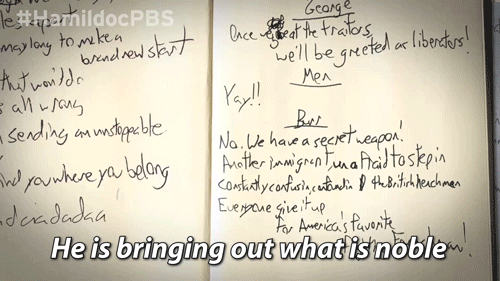
Shakespeare and Miranda both challenged and put their audiences at ease with the use of language in their works. Shakespeare invented new words, but also wrote in the “common tongue” to make his plays accessible.
“Lin has done much the same thing with cultural intersections,” Williams said.
“Hearing the intricate yet driving words in Hamilton can feel like an adventure, but the show never gets too far away from a form that audiences can hold onto,” he continued.
Kings of Pop Culture
During the Elizabethan Age, Shakespeare’s target audience was as diverse as the population. Playgoers ranged from groundlings, who stood in the Globe to watch performances, to Queen Elizabeth.
Lin-Manuel Miranda and his team have also purposely appealed to a fan base as diverse as our nation, and the cast reflects today’s diverse America. Miranda further broadened the musical’s appeal by incorporating genres rarely used on Broadway, alongside traditional musical theater styles.
Williams thinks that’s just the tip of the iceberg. He draws a parallel between Hamilton and Shakespeare’s history plays, like Henry V, for bringing both English and U.S. history “into the public eye.”
“Their histories became pop culture — after all, Shakespeare was the pop culture king of the period — just like Alexander Hamilton’s story has for us,” Williams said.

